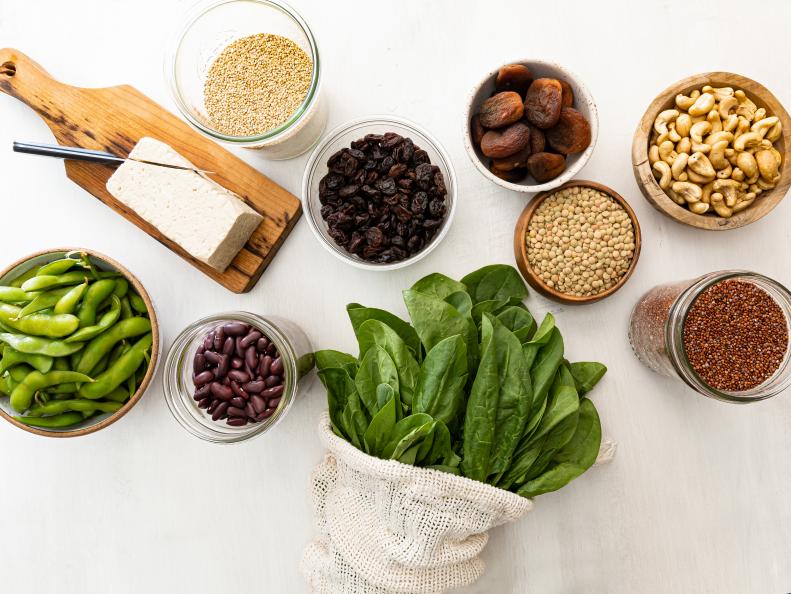What You Should Know About Iron’s Role in the Body
Consuming enough iron is essential for proper biological functioning in many ways, from growth and development to hormone regulation, and most notably to form the protein hemoglobin, which carries oxygen from the lungs to all other parts of the body. The general recommendation for iron intake is 8 milligrams for adult men, and 18 milligrams for adult women, according to the National Institutes of Health. Pregnant women require 27 milligrams of iron, and it is especially critical that infants from 7-12 months receive enough iron (11 milligrams daily) to prevent delayed psychological development.
You can consume iron from food in two ways: as heme iron and nonheme iron. Nonheme iron is found in plants and iron-fortified foods. Seafood, chicken and meat have both heme and nonheme iron. To get the best absorption of iron, it helps to pair iron from plant sources with chicken, meat, seafood and a variety of foods containing vitamin C including broccoli, tomatoes, citrus and strawberries.
.-Battle-on-the-Beach-courtesy-of-HGTV.-.jpg.rend.hgtvcom.196.196.suffix/1714847929029.jpeg)







